- Family Vacation to India
- Flights from US to India
- Adventure Tour to India
- Tourist Attractions in India
- Behind the Scenes of a Hand-painted Map
- National Parks & Tiger Reserves in Rajasthan
- Embracing Eco Tourism in Rajasthan
- Golden Triangle Tour in India
- Best Time to Visit India
- Tiger Conservation in India
- Sariska and Ranthambore
- National Tiger Day in India
- The Glowing Eyes
- In the Wild Heart of Sariska: A Journey into the Unknown
- Hide and Seek with Hyena
- Rajmata of Sariska
- Sariska Tourism
- Shankar: The Ghost of the Boulders and a Testament to Resilience
- Tigers in Sariska
- Animals in Sariska National Park, Rajasthan
- Weekend Getaway from Gurgaon
- Trip to Sariska National Park
- An unforgettable wilderness walk among Sariska's leopards
- Weekend Getaways From Jaipur
- A Dawn with Leopards
- The Leopards of Sariska
- Wildlife Photography in Sariska
- The Role of Tehla in Sariska’s Conservation Legacy
- Places to Visit Sariska
- Sariska Tiger Reserve and National Park
- Sariska Safari
- Weekend Getaway From Delhi
- Vultures of Sariska
- Deciduous Jungle of Sariska
- Mythological Importance of Sariska
- Sariska Tiger Reserve
- Avifauna of Sariska, Around the Camp, and Nearby Wetlands
- Migratory Birds of Sariska
- Boulders of Tehla
- Camera Trap
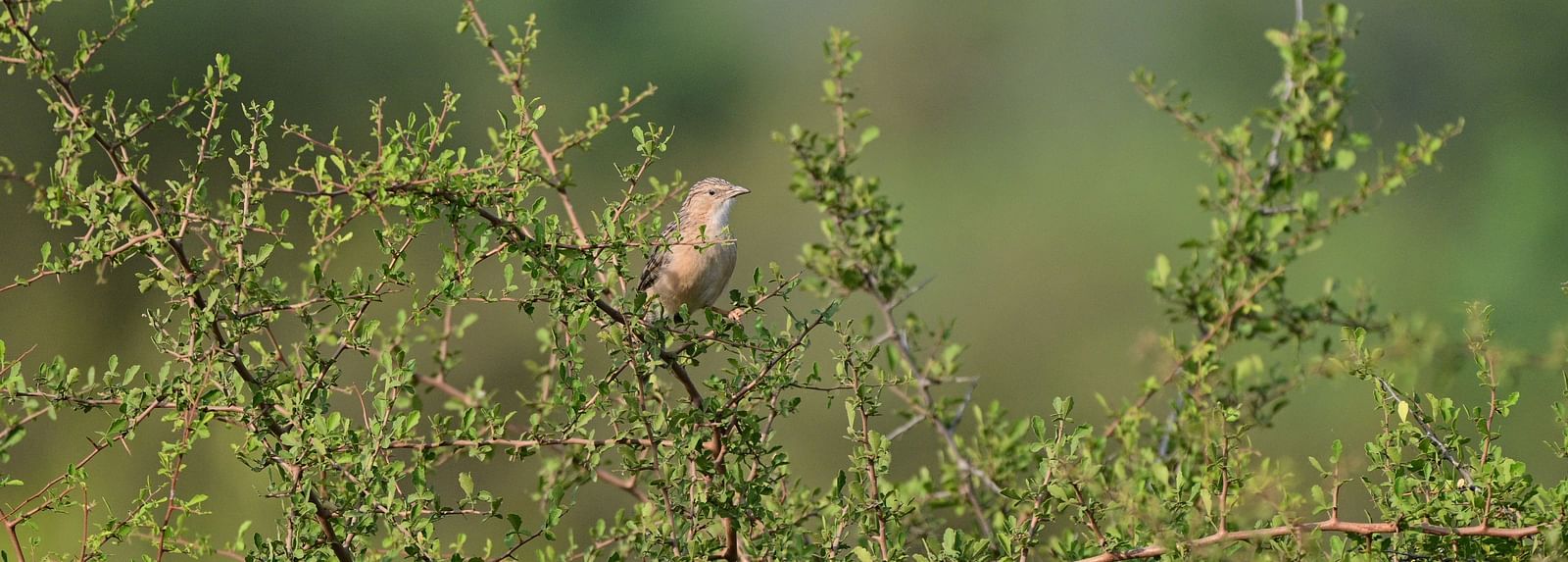
Deciduous Jungle of Sariska
Sariska Tiger Reserve is located in the Alwar district of Rajasthan (Latitude - 27°22'0.33"N & Longitude - 76°26'20.51"E) surrounded by the oldest mountain ranges of Aravalli. The total area of Sariska is 881 sq. km. and the forest predominantly is of tropical dry deciduous type. In India, 38% of forest is made up of tropical dry deciduous type. The climate in Sariska is subtropical and has distinct summer, winter, monsoon, and post-monsoon seasons which suit the tropical deciduous forest. The average annual rainfall is 650 mm during the monsoon season which starts from July and ends in October.
A distinguishing characteristic of deciduous forests is that the leaves change colour (or senesce) in autumn, fall off in the winter, and grow back in the spring; this adaptation allows plants to survive harsh cold winters. The terrain of Sariska is undulating consisting of numerous narrow valleys, low hills and slopes which have seasonal and perennial streams which flow due to the water obtained from the monsoon. The flora of Sariska comprises of 36 species of trees, 13 species of grass, 8 species of shrubs, 2 species of herbs and 7 species of weeds. Out of the different types of trees found in Sariska, the dominant type of trees is of deciduous category which include many trees and shrubs which are mentioned below.
The main reason as to why Sariska is covered by deciduous trees is because of the climate, topography and the rainfall. The harsh cold winters and even harsher hot summers prove difficult for the vegetation to grow and hence show various adaptions to survive. The leaves of such trees are small, reduced to decreasetranspiration (loss of water) and in some species the leaves are modified into thorns to ward off grazing animals like ungulates (cattle, goat, sheep, and camel).
)
Anogeissus Pendula (Dhok)
Uses: The stem, seeds, fruits, and twigs were used traditionally to treat various ailments such as gastric disorder, healing wounds, skin diseases, diarrhoea, and dysentery and to prevent cough and burns.
Boswellia Serrata (Salai Guggul)
Uses: The extract from bark, sap, and leaves is used by the locals for therapeutic purposes to treat asthma, diabetes, and stroke, and to strengthen the bones of a patient suffering from osteoarthritis.
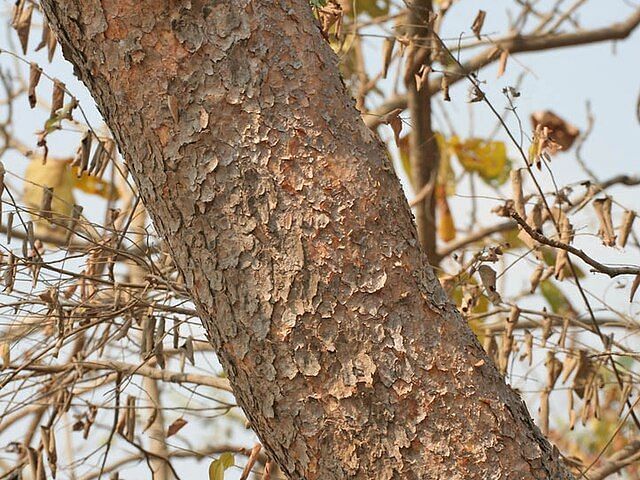

Lannea Coromandelica (Indian Ash Tree/Jhingan)
Uses: The leaves and sprouts are edible and used raw in salads as well as cooked to make sabzi. The gum is used in confectionery and the powdered ash is used as flavouring. In traditional medicine, the leaves are used to treat ulcers, sprains, leprosy, inflammation and to heal wounds.
Wrightia Tinctoria (Pala Indigo Plant/Dhudi)
Uses: The latex of the plant is used in the treatment of various clinical conditions like blisters, and mouth ulcers, and its topical application is used to accelerate wound healing.
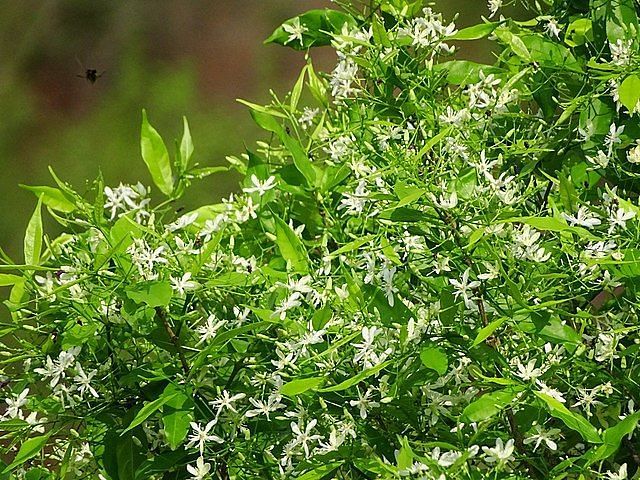
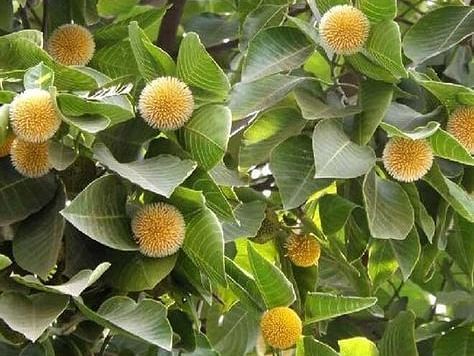
Mitragyna Parvifolia (Kadamb)
Uses: The roots and barks of the tree are used to treat fever, muscular pain, poisoning, cough, oedema, gynaecological disorders, and used as aphrodisiac.
Ficus Racemose(Cluster Fig/ Gular)
Uses: In traditional medicines, the bark is made into a paste and applied to boils and mosquito bites. Apart from that the fruits and leaves are used for liver disorders, diarrhoea, inflammatory conditions, haemorrhoids, and respiratory diseases.
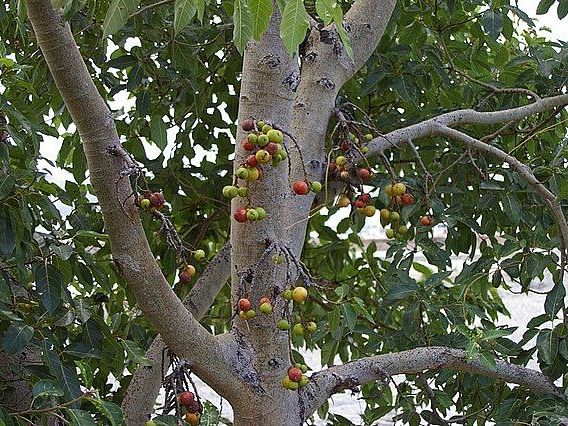
_captured_in_the_day_time)
Phoenix Sylvestris (Indian Date Palm)
Uses: The fruits and their juice are used to treat asthma, cough, toothache, constipation, general weakness, and dysentery. The trunk of the tree is used as a supporting beam for building the roof, the plant spines are used in making toothbrushes.Syzygium Cumini (Malabar plum, Java plum)
Uses: The tree bark is used to treat bronchitis, sore throat, dysentery, and ulcers. The fruits can be consumed raw and also used to make jam, jellies, juices, tarts, and puddings.)
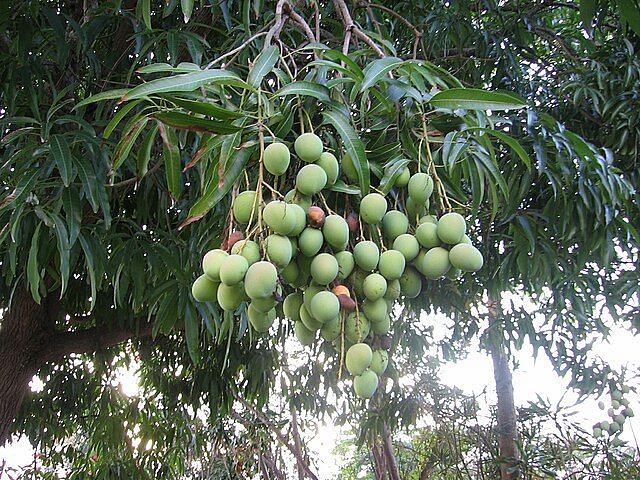
Mangifera Indica (Mango/Aam)
Uses: The leaves and twigs of the tree are used as antiseptic, astringent, laxative, and to treat diarrhoea, anaemia, asthma, bronchitis, and piles, The fruit is consumed raw and acts as a restorative tonic to treat heat strokes. The fumes from the burning leaves are inhaled for relief against hiccups. The bark of the tree contains tannins and is used for dyeing purposesTerminalia bellerica (Behera/Bedda Nut Tree)
Uses: The bark of this tree has many medicinal applications like treating digestive disorders, and respiratory conditions, and protecting the liver and the extract is used against eye infections._in_the_day_time)
)
Diospyros Melanoxylon (East Indian Ebony Tree/ Tendu)
Uses: The leaves are used in the treatment of scabies and old wounds. The tendu fruits help in the treatment of stomach disorders and the fruit powder is used as an astringent and has carminative properties.Dendrocalamus Strictus (Calcutta Bamboo)
Uses: It is extensively used as a raw material in construction, furniture, mats, sticks, farming equipment, baskets, and household utensils. The young shoots are cooked and consumed.)
)
Ziziphus Mauritiana (Indian Jujube/Ber)
Uses: The fruit is the main source of eating and is used as medicine. It helps to combat various conditions like diabetes, insomnia, high levels of cholesterol, liver disease, and ulcers and also helps in strengthening the muscles and increasing weight.Acacia Leucophloea (False Babool)
Uses: The bark extract of the tree is used as an antipyretic, expectorant, anthelmintic, and antidote for snake bites, and also used for the treatment of bronchitis, cough, and vomiting. The tannin present in the bark is also used as a dyeing agent in the leather industry. This tree helps in reforestation in areas with poor soil and low rainfall areas.)
)
Butea Monosperma (Palash)
Uses: The flower petals have astringent properties and are used to treat acne and pimples. The formulations made of flower petals and leaves are used to treat hypertension, detoxify kidneys, enhance the digestive system, strengthen the respiratory system, promote hair growth by tackling dandruff, and uplift immunityBalanites Aegyptiaca (Egyptian Balsam/Hinghot)
Uses: The tree has many medicinal properties and in traditional medicine, the bark is used to treat jaundice, parasitic infections, syphilis, stomachache, asthma, fever, constipation, fever, epilepsy, haemorrhoid, and treating wounds._in_the_day_time)
_captured_in_the_day_time)
Acacia Catechu (Khair)
Uses: The leaves and shoots of this plant are used to make traditional medicines and consumed orally for treating stomach problems like colitis (swelling of the colon), indigestion and diarrhoea. The formulation is applied topically to treat wounds, bleeding, and swelling (inflammation). Other than this catechu is used as mouthwash, to gargle, to treat mouth ulcers, sore throat, and gingivitis.Acacia Nilotica (Gum Arabic Tree/ Babul)
Uses: In traditional medicines, the tree has many properties like antimicrobial, and antioxidant, and also used in wound healing, aphrodisiac, astringent, and diarrhoea. The hardwood is used for furnishing, thickening agents in food, and used to make water-soluble gums.)
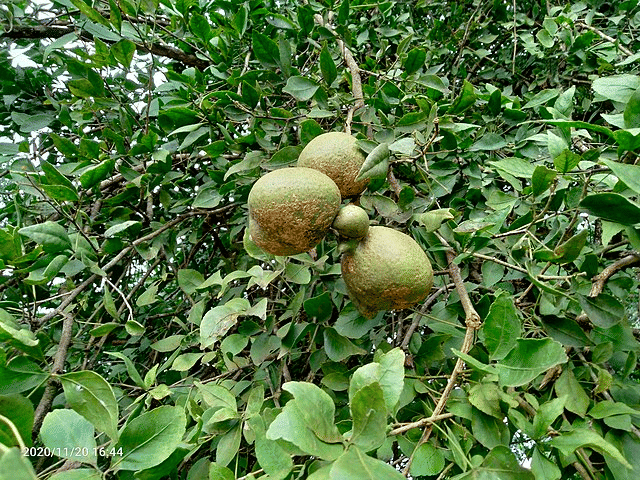
Aegle Marmelos (Wood Apple/Indian Bael)
Uses: The bark has anti-inflammatory properties and is applied to the skin to provide relief from pain. The leaf juice mixed with honey is used to treat fever and the fruit can be consumed when ripe as it is sweet and refreshing during summers. The seed oil acts as a laxative and the crushed flower is used as an expectorant.
Why are Deciduous Jungles Important?
The importance of deciduous jungle cannot be emphasised enough.1. The deciduous jungle provides habitat and food for many animals and birds, including the migratory birds which visit during different seasons. This habitat helps sustain and maintain biodiversity.
2. The forest helps regulate the local climate by producing oxygen which helps to stabilize weather patterns and reduce the effects of greenhouse gases which are released into the atmosphere.
3. The trees of the jungle regulate watershed volume to reduce water loss and seepage and help in purifying the air. This indirectly maintains water flow in rivers, streams and some water channels.
4. The erosion of soil is reduced drastically due to the presence of trees, the roots which hold on tightly to the soil particles.
5. The leaves which are shed in winter provide the soil with various minerals which are broken down by decomposers like bacteria, worms, fungi, and insects which provide nutrients for the plants to grow in.

Other Blogs
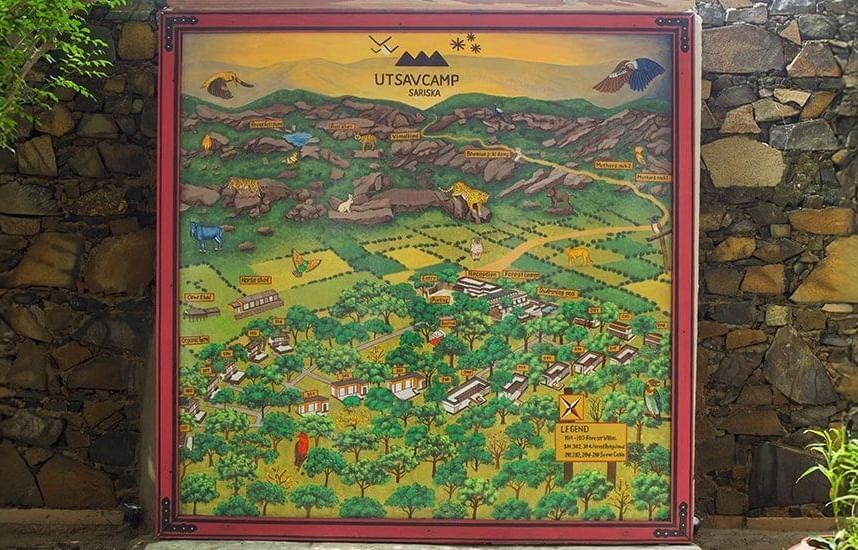
Behind the Scenes of a Hand-painted Map
Behind the scenes of Utsav Camp Sariska’s hand-painted Naturalist Map—7 days of artistry capturing the wild spirit of Sariska Tiger Reserve.
Read More

Vultures of Sariska
Discover the diverse vulture species inhabiting Sariska, their ecological roles, and the environmental effects they bring.
Read More
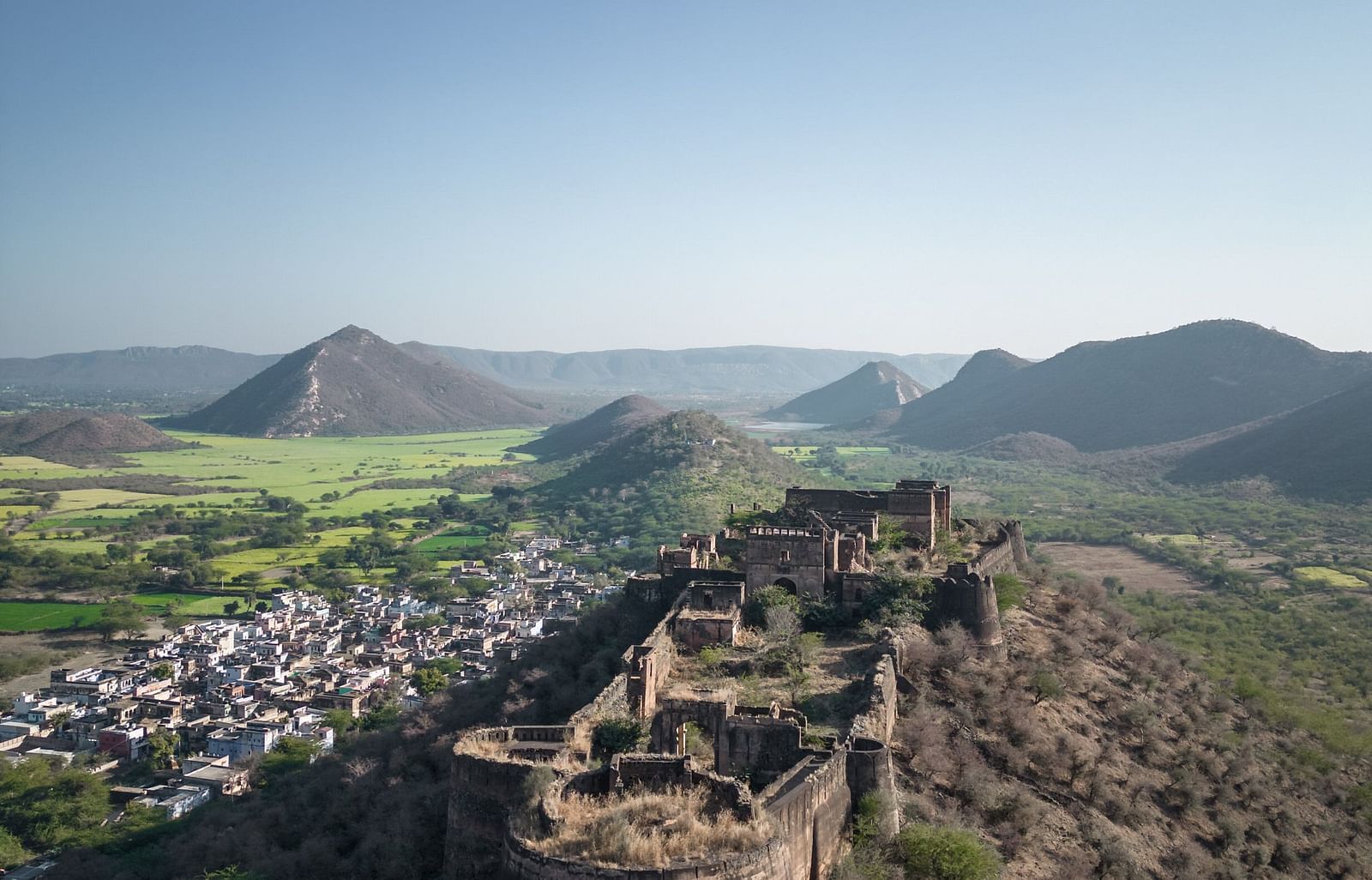
Mythological Importance of Sariska
Learn about the mythological significance of Sariska, including its temples, forts, and more, in this insightful blog.
Read More

Sariska Tiger Reserve
Uncover Sariska Tiger Reserve in Alwar, Rajasthan! Delve into its history, park timings, and more in this detailed blog.
Read More

Avifauna of Utsav Camp Sariska, Around the Camp, and Nearby Wetlands
Explore the Avifauna of Utsav Camp Sariska, with diverse bird species around the camp and nearby wetlands, offering a birdwatcher's paradise and serene natural beauty.
Read More

Migratory Birds of Sariska
Delve into the migratory birds of Sariska and discover their seasonal migration patterns in this insightful blog.
Read More
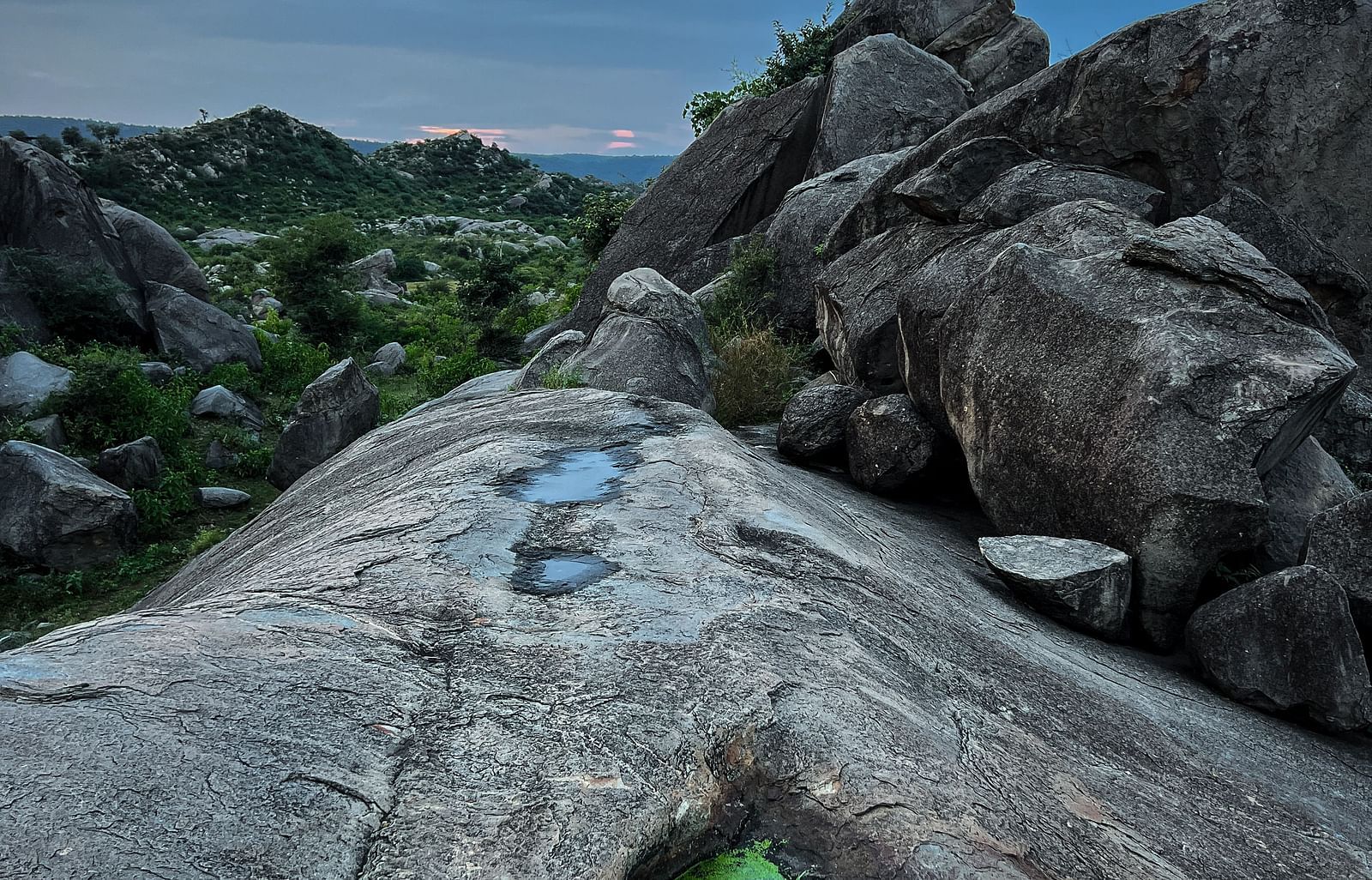
Boulders of Tehla
Explore the enchanting world of Tehla's boulders, and its diverse flora and fauna, beautifully depicted in this detailed blog.
Read More

Camera Trap
Camera traps are used to record notable animal behaviour changes over a decade. Learn how we use them at Utsav Camp Sariska to monitor the wildlife surrounding us.
Read More
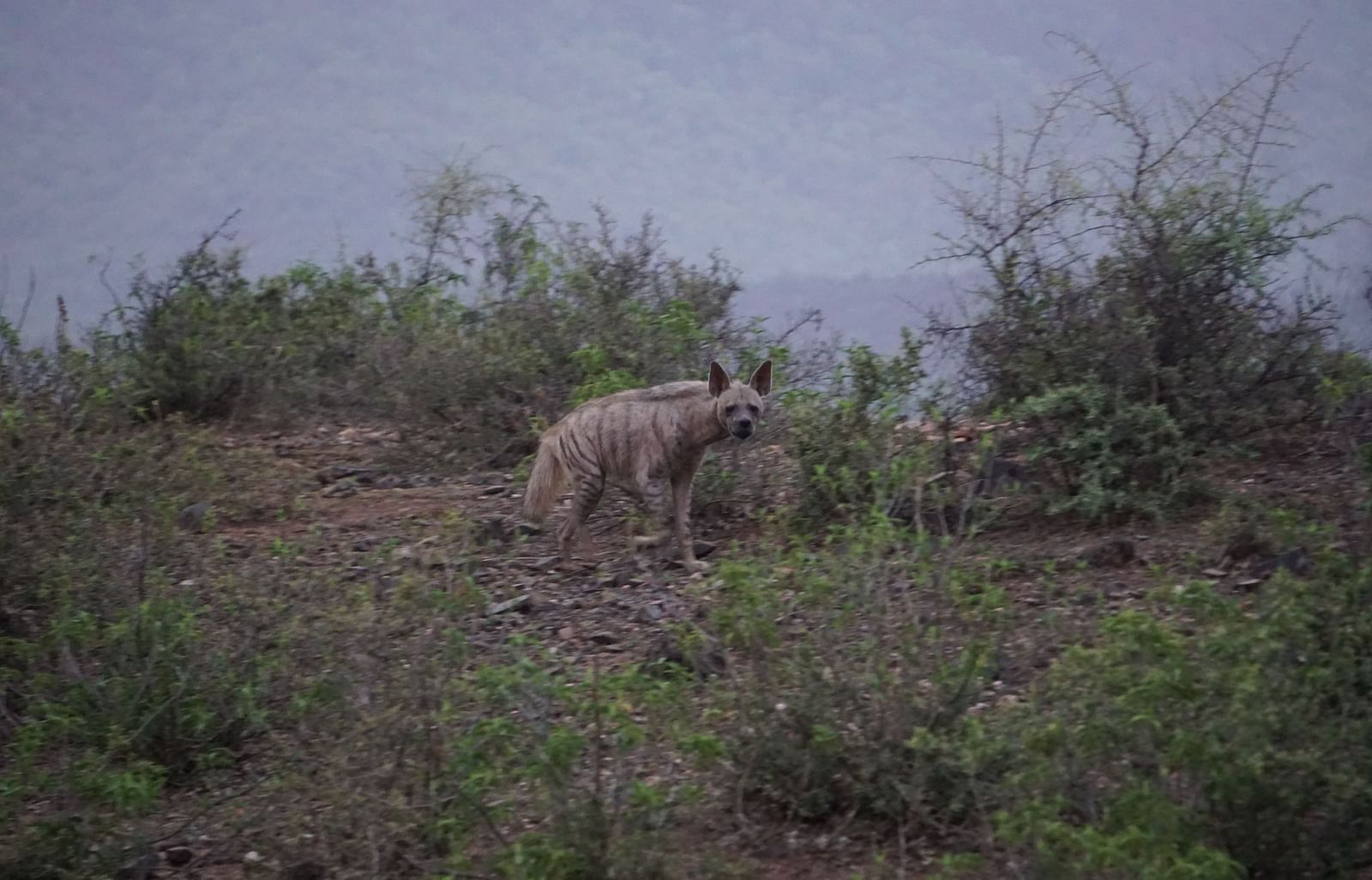
Hide and Seek with Hyena
Away from the labs of The Maharaja Sayajirao University of Baroda, into the wilderness of boulders, this was the first time I came out of my comfort zone and got an opportunity to work at Utsav Camp Sariska as an intern.
Read More
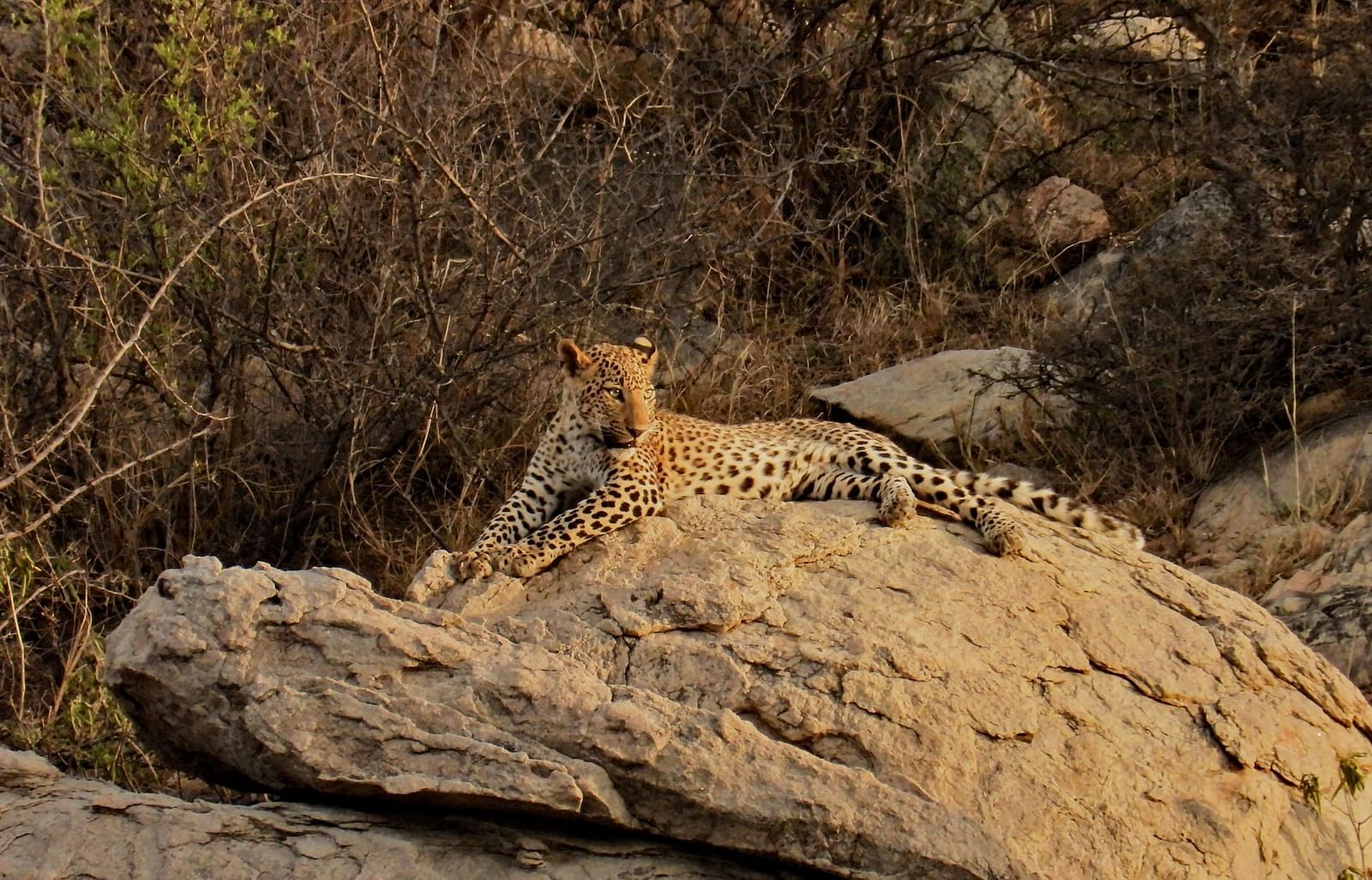
In the Wild Heart of Sariska: A Journey into the Unknown
An intern’s first encounter with the wild at Sariska—from leopard sightings to silent sunsets, a journey into nature, guided by expert naturalists and deep curiosity.
Read More

The Glowing Eyes
A thrilling morning in Sariska as glowing eyes in the dark lead to an unforgettable leopard encounter and wild insights.
Read More